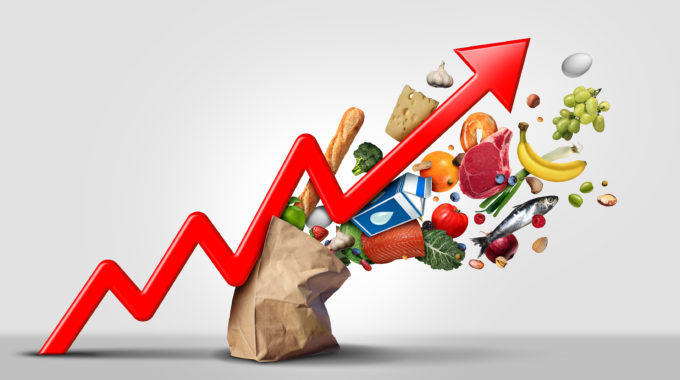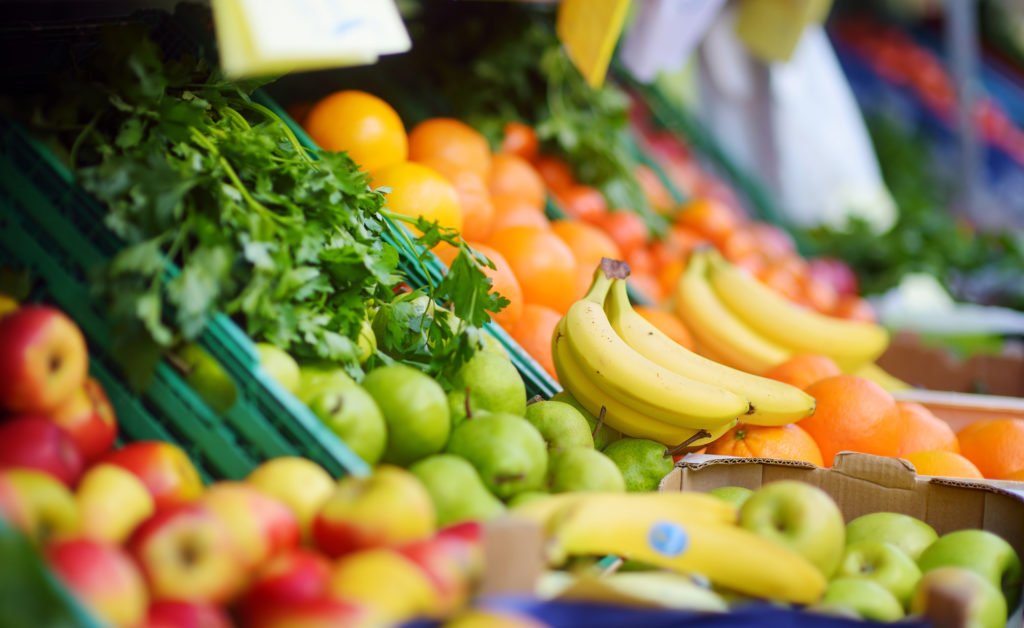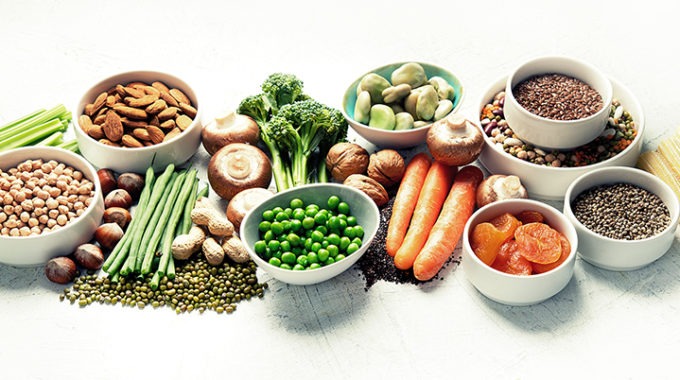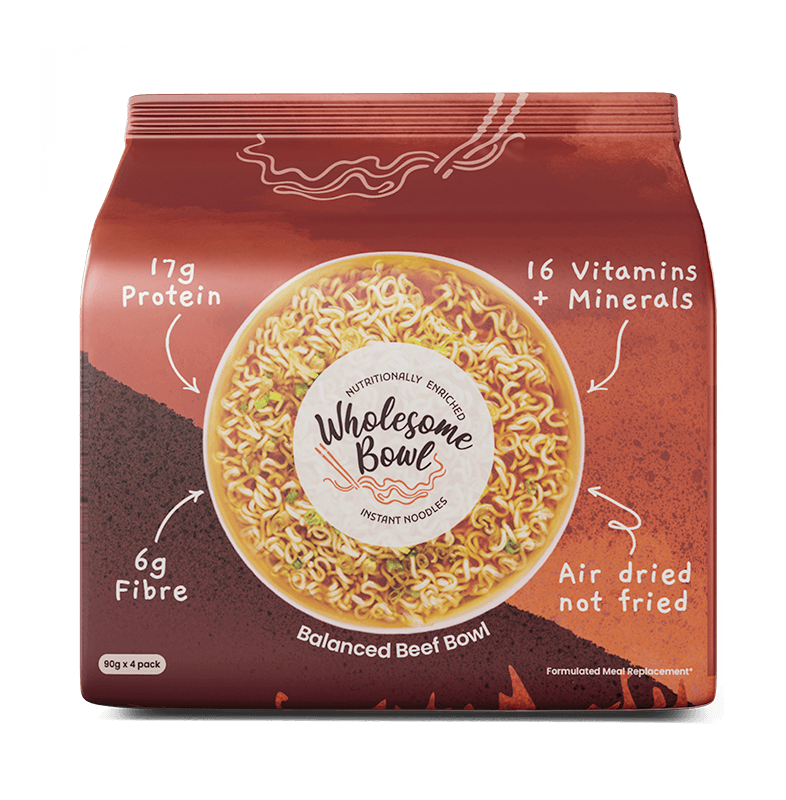Cost of living crisis bites into nutrition and dietary habits
Australia’s cost of living crisis is now one of the worst ever recorded according to recent data from the Australia Bureau of Statistics. Rising inflation and increasing costs are impacting everyone in the food supply chain. From farmers and growers to manufacturers, retailers, and subsequently consumers. As a result, many Australians are facing the tough choice between compromising their healthy diets for cost-savings.
A YouGov survey commissioned by digital magazine subscription app Readly, reveals an overwhelming 77 per cent of Australians said inflation has impacted their diets. Close to one in three Australians has cut down on meat and fish consumption, and almost one in five Australians has been forced to buy less fresh fruit and vegetables as the cost of living crisis bites. Interestingly 48 per cent of Australians born between 1918-1945 said they currently consume as much as they always have, the highest out of all age groups.

The survey also reveals a preference for cheap and simple comfort food as Australians trim their grocery budgets, however more women than men are shopping with savings in mind. 51 per cent of women said they bought a lot of their food on special compared to 33 per cent of men. 46 per cent of women said they deliberately bought cheaper brands compared to 35 per cent of men. While 43 per cent of women said they rarely eat out compared to 33 per cent of men.
The World Health Organisation has identified deficiencies in essential micronutrients, such as vitamin A, iodine, iron, and zinc, as a major global health issue affecting over 2 billion people worldwide. Data shows that the most vulnerable groups, including renters, low-income households, and working professionals, struggle to balance nutritional needs with their budgets.
This can lead to potential long-term health challenges, especially given a staggering 94 per cent of Australians aren’t getting their recommended daily intake of fruit and vegetables, according to the ABS.

Cheaper alternatives that don’t compromise on nutrition
While many Australian are struggling financially, there’s are ways to prevent the cost of living crisis from compromising healthy eating habits. Thrifty Australian cooks are responding by shopping for discounts and experimenting with low-cost ingredients to create quick and healthy meals at home.
According to the YouGov survey, almost two out of five Australians enjoy trying new recipes with 18 per cent opting for plant-based meals for the sake of the environment. Older Australians over 60 are much more likely to stick with old favourites in the kitchen and are also the least likely to try plant-based meals for environmental reasons.

According to the Grains & Legumes Nutrition Council (GLNC), one in three Australians are consciously limiting their meat consumption for health, economic and environmental reasons.
Supermarkets and food retailers have also experienced an almost 30 per cent increase in the sales of dairy and meat substitutes since 2018-19, and this upward trend is expected to continue. Kathy La Macchia, General Manager of the GLNC, emphasises, “The rise of plant-based food consumption in Australia will have a profound and lasting impact on the food industry.”
While legumes are an excellent choice for the health-conscious penny-pinchers, eating beans every night isn’t an appetising choice for everyone. Instead, consumers can try swapping out cheaper processed household favourites with healthy versions of the same foods to help beat the cost of living crisis.

One example is Wholesome Bowl instant noodles. Which offer 17g of protein, 6g of fibre, and 16 essential vitamins and minerals per serving. This provides consumers with a filling and nutritious meal base which can easily be supplemented with a hand full of frozen vegetables, which is a cheaper, convenient, and nutrient-packed way to boost daily intake.
Another way to fight the cost of living crisis and reduce your weekly shopping bill is to buy and prepare your food for the week in bulk. Making a meal plan will help you save both time and money in the long run. By knowing exactly what you’ll be cooking each week, you’ll buy only the ingredients you need. Plus, a weekly meal plan will help avoid any pricey or unhealthy last-minute takeaway orders.
Despite the cost of living crisis hitting hard, there are many ways that Australian consumers can make healthier food choices without compromising on taste, convenience, or budget, you just need to take some time to get creative and think outside of the (rather expensive) box. You may also be surprised to know that researchers from Deakin University’s School of Exercise and Nutrition Sciences, have debunked the myth that healthy eating is costly. In their study, it was even revealed that an average family can save $1800 a year by making more sustainable food choices at the supermarket.









